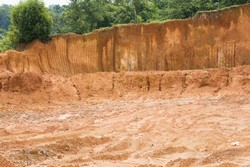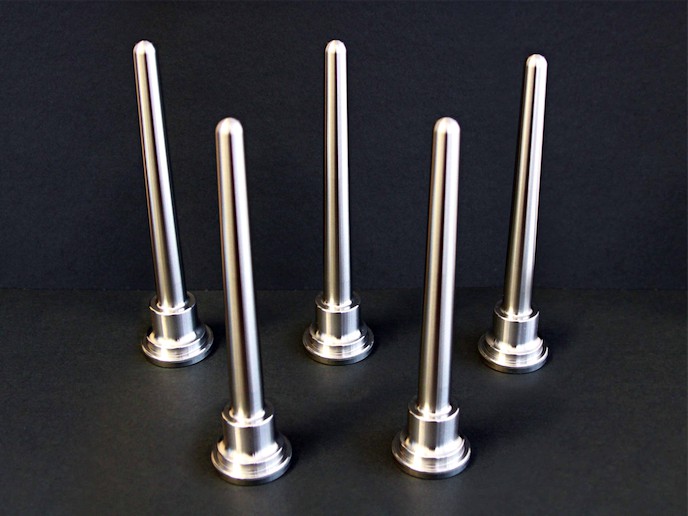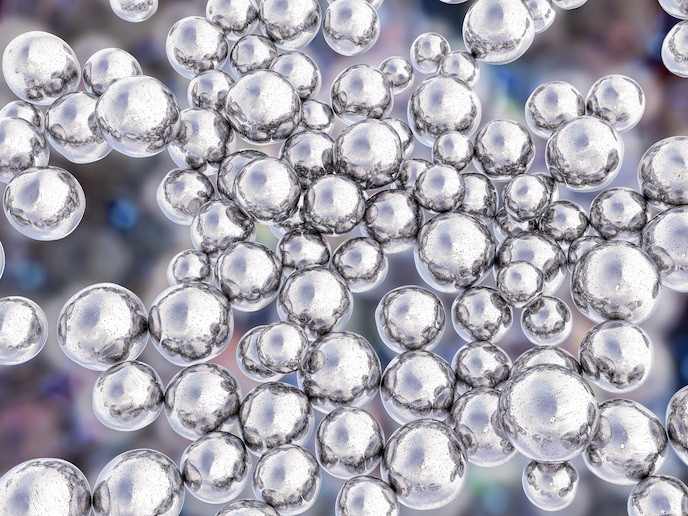Nickel extraction from laterite reserves
Nickel laterites form where ultramafic rocks are exposed to tropical weather. Relatively high temperatures and rainfall cause the destruction of nickel-bearing minerals, olivine and serpentine and the leaching of silicon and magnesium. As a result, iron and nickel accumulate along with other less mobile elements and an iron oxide deposit is formed. The concept of heap leaching of nickel laterites was first proposed in the 1970s by researchers who achieved over 80 % nickel recovery from laterite samples collected in Greece. Recently, development work was undertaken by the partners of NICAL (Atmospheric heap-leaching to solve nickel laterite processing problems) who have been applying heap leaching to the Çaldağ deposit in Turkey. NICAL was funded under the Marie Curie Industry-Academia Partnerships and Pathways (IAPP) programme. Its ultimate aim was to use the experience gained from Çaldağ to devise a series of mineralogical experiments to characterise ore types. Researchers used these leach tests on different European deposits, including the Bitincke nickel laterite deposit in Albania. Specifically, mineralogical research was based on X-ray techniques that allowed estimation of nickel residence in different mineral phases. In particular, small-scale experiments captured the initial breakdown of nickel-bearing mineral phases. In leach columns, researchers also observed transient mineral phases that could not be recognised by simple bulk tests alone. Furthermore, the NICAL team combined X-ray fluorescence and X-ray diffraction analysis in an effort to develop new mineralogical tools for routine screening of little-explored nickel laterite resources. Their improved capabilities have been demonstrated in large-scale lab facilities and in the field. Since the nickel content in laterite reserves is relatively low, processes to recover this metal from these resources must be economical and robust. Heap leaching has been commonly used to treat low-grade copper and gold ores due to its low operating costs. Knowledge accumulated over many years of copper and gold heap leaching motivated researchers to initiate NICAL. Atmospheric heap leaching does not rely on autoclave technology and was therefore perceived to be less capital intensive. However, this process still requires significant development in terms of infrastructure.







